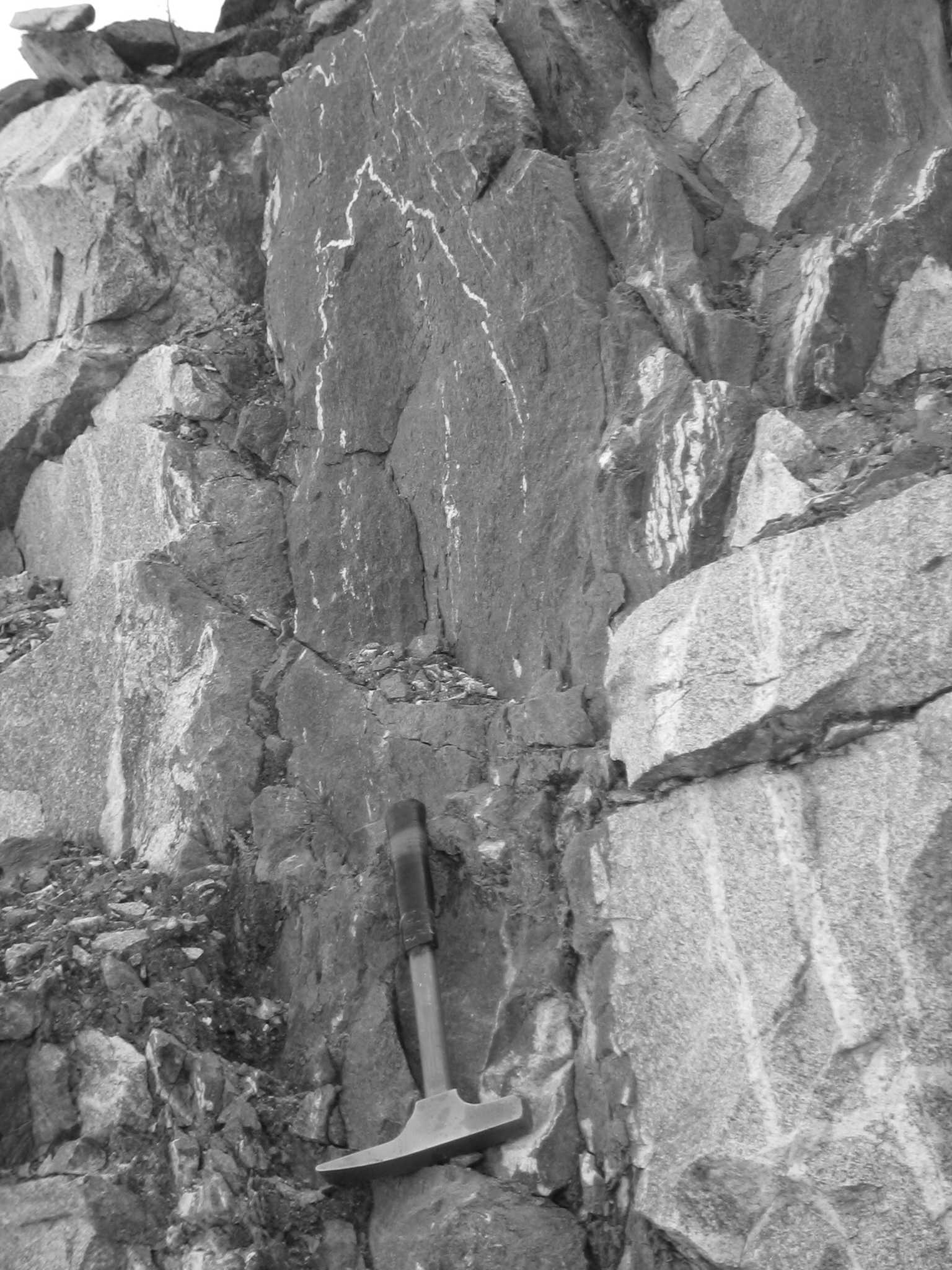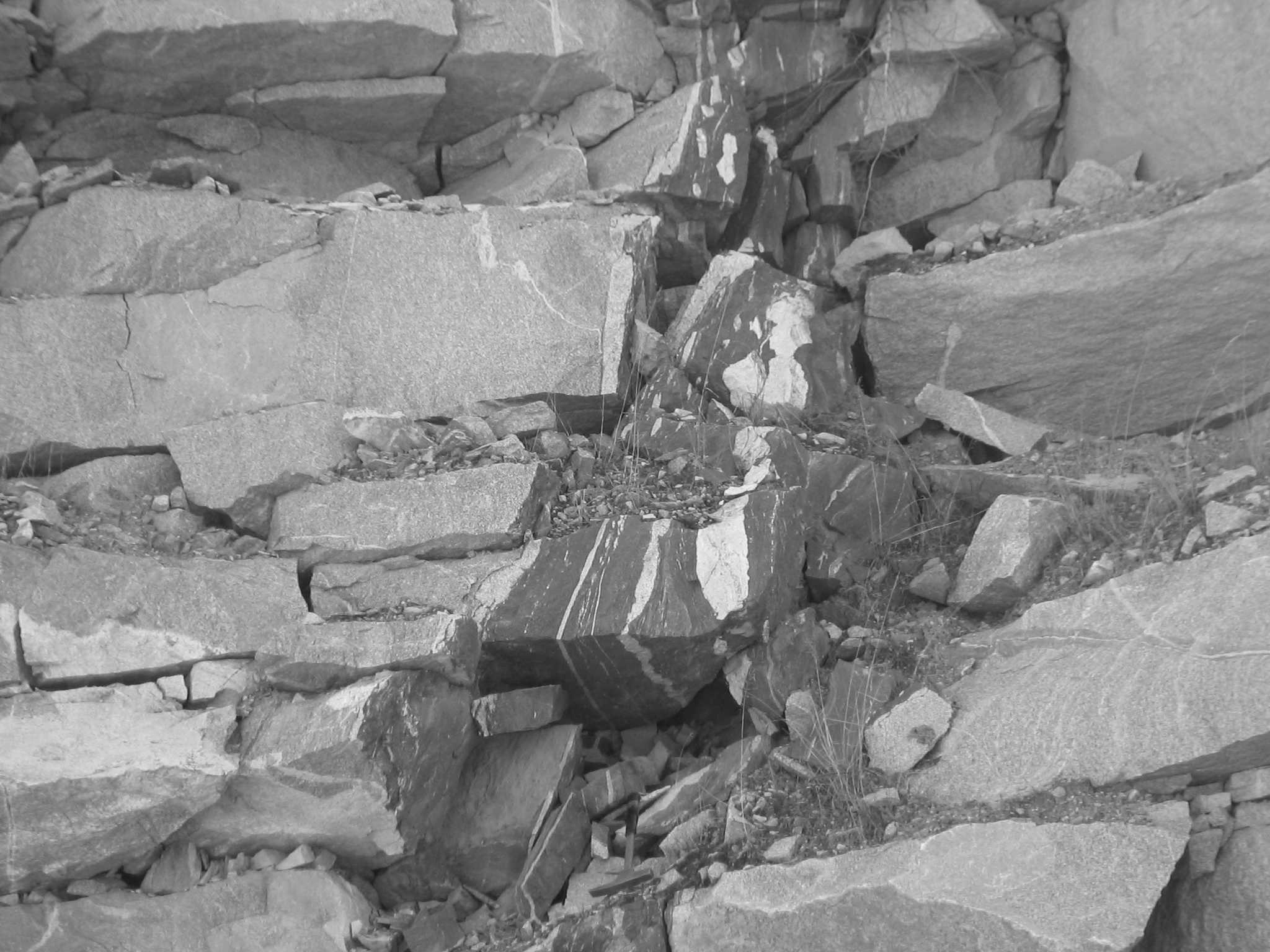|
SYNPLUTONIC DYKES IN MARGINAL-CONTINENTAL GRANITOID BATHOLITHS: AN EXAMPLE FROM THE VERKHISETSKY BATHOLITH, MIDDLE URALS Zinkova E., Fershtater G.Institute of Geology and Geochemistry UrB RAS, Ekaterinburg, Russia, zinkova@yandex.ru
Batholith granitoid magmatism at Andean-type continental margin is accompanied by basic magmatism, which is described in details in geological literature (Barbarin, 1991; Barbarin et al, 1989; Hyndman, Foster, 1988; Tepper, 1996). Classical examples of such batholiths are giant Mesozoic and Cenozoic batholiths from the western North and South America. They are accompanied everywhere by small mafic intrusions, synplutonic mafic dykes and melanocratic enclaves. Although melanocratic dykes make up less than 20 % of the rocks volume, they are important for genesis of granitoids. Similar to them is the Verkhisetsky batholith - the Urals largest plutonic body – is located near Yekaterinburg within the paleo-continental margin. Massif covers an area of 1800 km2. The batholith is hosted in Late Silurian(?) and Early Middle Devonian (Eifelian) volcanic and comagmatic gabbro-granite series. Isotopic investigation revealed two main stages in history of development of batholith. The first stage (D3-C2) produced gabbro-diorite and tonalite-granodiorite series. The second stage (C3-P1) was responsible for the formation of massive granite bodies in the central part of the massif (Bea et al. 1997, Smirnov et al. 1998). Dykes and their enclaves are connected with granitoids of first stage and absent in the central granite bodies. Morphology, structural-textural features and their chemical composition similarity to hosted rocks let us regarded them as synplutonic dykes (Zinkova, Fershtater, 2007). Features of synplutonic dykes are: (1) dykes contain plastically deformed enclaves of host rock; (2) the presence of numerous inclusions – the fragments of disintegrated dykes in host rocks; (3) crenulate margins of dykes against the host – evidence of dykes injection in viscous magma; (4) common direction of plastic deformation in dykes and host granitoid; (5) dykes are metamorphosed by the heat of the host granitoids. Dykes form usually dense swarms within a host granodiorite. The thickness of the dykes reaches 1.5-2.0 m; the composition varies from gabbro to granodiorite. Dykes subdivide into two morphological types. The first is the composite dykes (Fig. A, B), which consist of basic and acid rocks. The acid rocks form boudin veinlets inside the dykes. These dykes look like a migmatite. Dykes of second type have a homogeneous structure. The rocks of enclaves and dykes, as well as granitoids, both belong to calc-alcaline series and have adakite-like chemistry. Recent adakite series are present nearby active zones of oceanic spreading, where young hot oceanic lithosphere is subducted (ridge subduction). Low initial 87Sr/86Sr ratios (0.704) of granitoids consistent with melting of a young basaltic substance, and synplutonic dykes are proposed to be the relict of this substance. The processes of partial melting gave them migmatite-like appearance and are source for granitoid magma of plate-edge batholiths. This work was supported by the Russian Foundation for Basic Research (project no. 08-05-00018).
References Barbarin, B., Dodge, F.C.W., Kistler, R.W. and Bateman P.C., 1989. Mafic Inclusions, Aggregates, and Dikes in Granitoid Rocks, Central Sierra Nevada Batholith, California. Analytic Data. U.S. Geol. Surv., Bull., 1899: 1-28. Barbarin B. 1991. Enclaves of the Mesozoic calc-alkaline granitoids of the Sierra Nevada Batholith, California. In: Didier J. and Barbarin B. (Editors), Enclaves and Granite Petrology. Development in Petrology , 13. Elsevier, Amsterdam – Oxford – New York – Tokyo, P.135-153. Bea F., Fershtater G.B., Montero P.G. et al. Generation and evolution of subduction –related batholiths from the Central Urals: Constraints on the P-T history of the Uralian Orogen. Tectonophysics. 1997. V. 276 N 1-4. P. 103-116. Hyndman D. W., Foster D. A. The role of tonalites and mafic dikes in the generation of the Idaho batholith // J.Geol. 1988. V. 96. P.31-46. Smirnov V.N., Bea F., Montero P. et al. Data of Rb-Sr dating and study of Nd isotopic composition in granitoid of Verkhisetsk massif (Middle Urals). // Dokl. Ross. Akad. Nauk. 1998. Vol. 363. № 4. P.389-391. (In Russian) Tepper J. H. Petrology of Mafic Plutons Associated with Calc- Alkaline Granitoids, Chillwack Batholith, North Cascades, Washington. // J. Petrology, 1996. V. 37. P.1409-1436. Zinkova E.A., Fershtater G.B. Synplutonic dykes in Verkhisetsk granitoid massif (Middle Urals). // Lithosphera. 2007. № 2. P.141-151. (In Russian)
|

